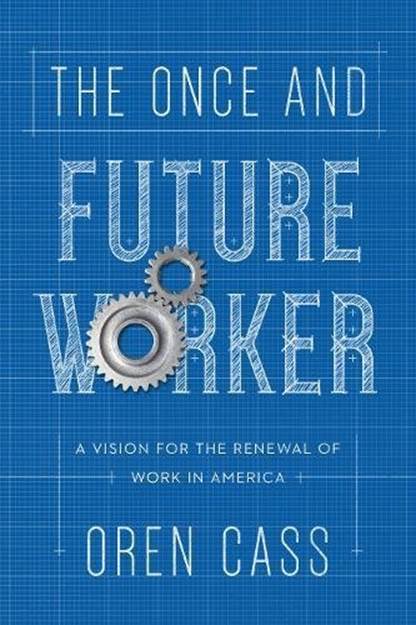Featured book
The Once and Future Worker: A Vision for the Renewal of Work in America
By Oren Cass
“Oren Cass has accomplished the rare feat of not only saying something truly new and innovative about our society, but also doing it in a readable, engrossing way. The Once and Future Worker is a wake-up call to our political class...” — J.D. Vance, author of Hillbilly Elegy

